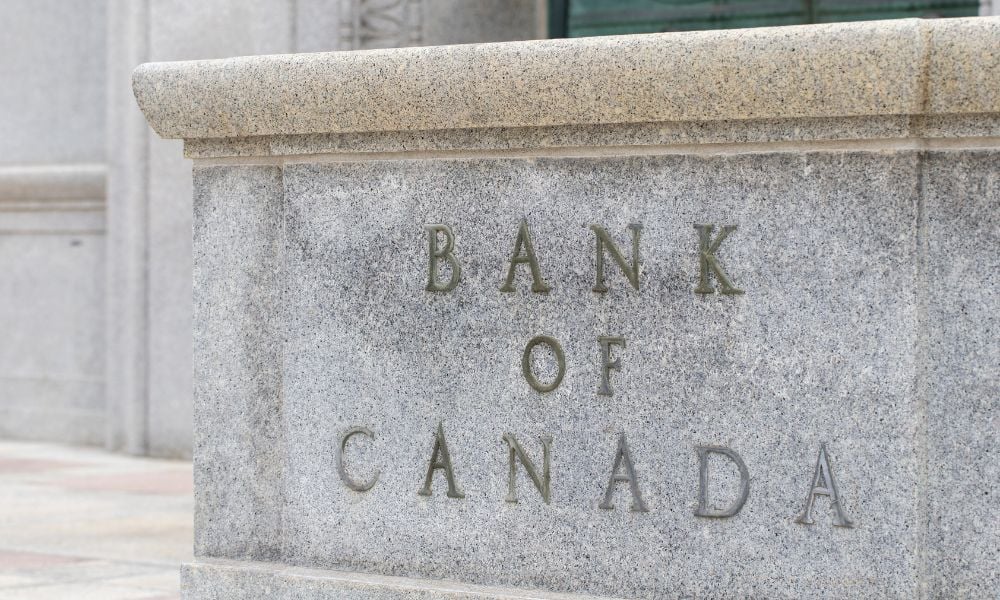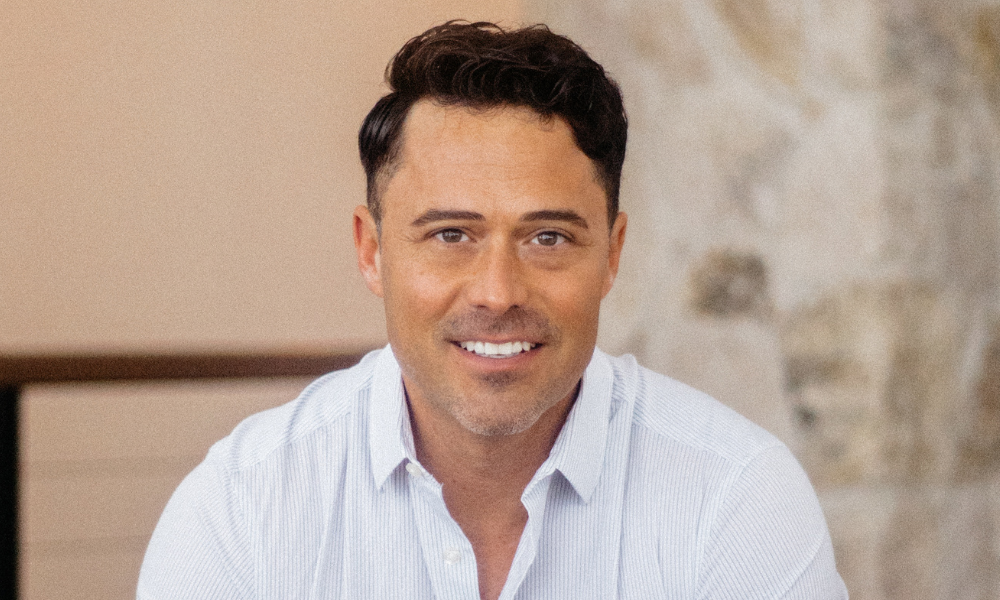As more DIY investors gain access to margin trading, advisors with open minds could find growth

Whenever DIY investors gain access to more sophisticated and risky strategies, the financial services industry often likes to engage in a bit of finger-wagging. We’ll hear loud calls to caution against the risks and emphasis on the demonstrable value advisors can continue to bring clients as the qualified users of these strategies. The trouble is, that approach has rarely deterred investors from opening DIY accounts and trying these strategies for themselves.
The latest of these developments was Wealthsimple’s addition of margin trading to its incredibly popular DIY investing platform. While not the first DIY platform to add margin, the scale of Wealthsimple opens up conversations about how DIY investors might use margin accounts, how advisors use them, and what opportunities can come when advisors engage with their clients about the dos and don’ts of margin.
“There's been a lot of talk about Wealthsimple, Robinhood, the ‘gamification’ of investing and whether that's positive or negative,” says Scott Starratt, investment advisor and portfolio manager at Starratt Wealth Management of Canaccord Genuity. “But it's interesting to see the sheer number of young people who use these platforms to explore investing. They’re getting exposure to this area and one day, whether through inheritance of their own hard work, they will have money. This is how they’re getting exposed to investing.”
While Starratt emphasizes the positives that come with broader knowledge of and access to investing strategies, he notes that DIY investors can fall risk to misconceptions. When it comes to margin accounts, he notes that some investors will think of margin as the sole means by which they invest. They could be exposed to undue risks and forced to settle huge margin calls if their accounts are found to be in a loss position. That said, if investors are entering these accounts with clear eyes and appropriate education, then Starratt says it could be a great way to gain exposure to investing.
Michael Arbus notes that many platforms, including his own, build in additional protections before offering DIY investors margin accounts. Arbus is the CEO of Moomoo Financial Canada, part of a large global investment platform with around 25 million clients. He explains that in Canada, the risk questionnaires for clients who want to use margin accounts are more robust than ordinary accounts. Moreover, his platform will flag possible discrepancies or misrepresentations, which will then trigger manual follow ups to verify if an investor is suited to the use of a margin account.
As advisors consider the ways DIY investors are using these platforms and strategies now, Arbus argues that they shouldn’t see this as a threat to their business. He believes that investors can move from the DIY to the full service channel. Moreover, many full-service clients will end up using platforms for margin trading, crypto investing, and other strategies that they might not be able to access through their advisors.
“I think that there's a secondary account model here,” Arbus says. “If you ignore it, your clients are going to do it anyways. Or you can make it a part of your offering and say, ‘here's a great app.’”
Read more: Don't cheat on your fixed income allocations | Wealth Professional
Starratt sees upside for himself and his practice in the rise of DIY access to margin accounts. He notes that one of two things will happen with a young DIY investor using a margin account. The first is that they’ll succeed, grow wealth, and suddenly have more financial complexity than they would like to manage. At that point, they find an advisor.
The second scenario is that the promises of margin trading don’t live up to what the investor expected. They learn the hard way what investment risk really means. They realize that doing it yourself isn’t always easy and instead they look for professional advice to guide them through.
“It’s something that I see over and over again.” Starratt says. “I think these margin accounts are another tool, like penny stocks and bitcoin, to teach a lesson. Hopefully that lesson is learned and it’s a positive one, where someone sees how they achieved a positive return. Unfortunately, its often a negative lesson where someone loses money on a margin call and says ‘I never want to do that again.’ It’s far better to lose that lesson in your 20s with $5,000 than learning it in your 40s with $50,000.”



